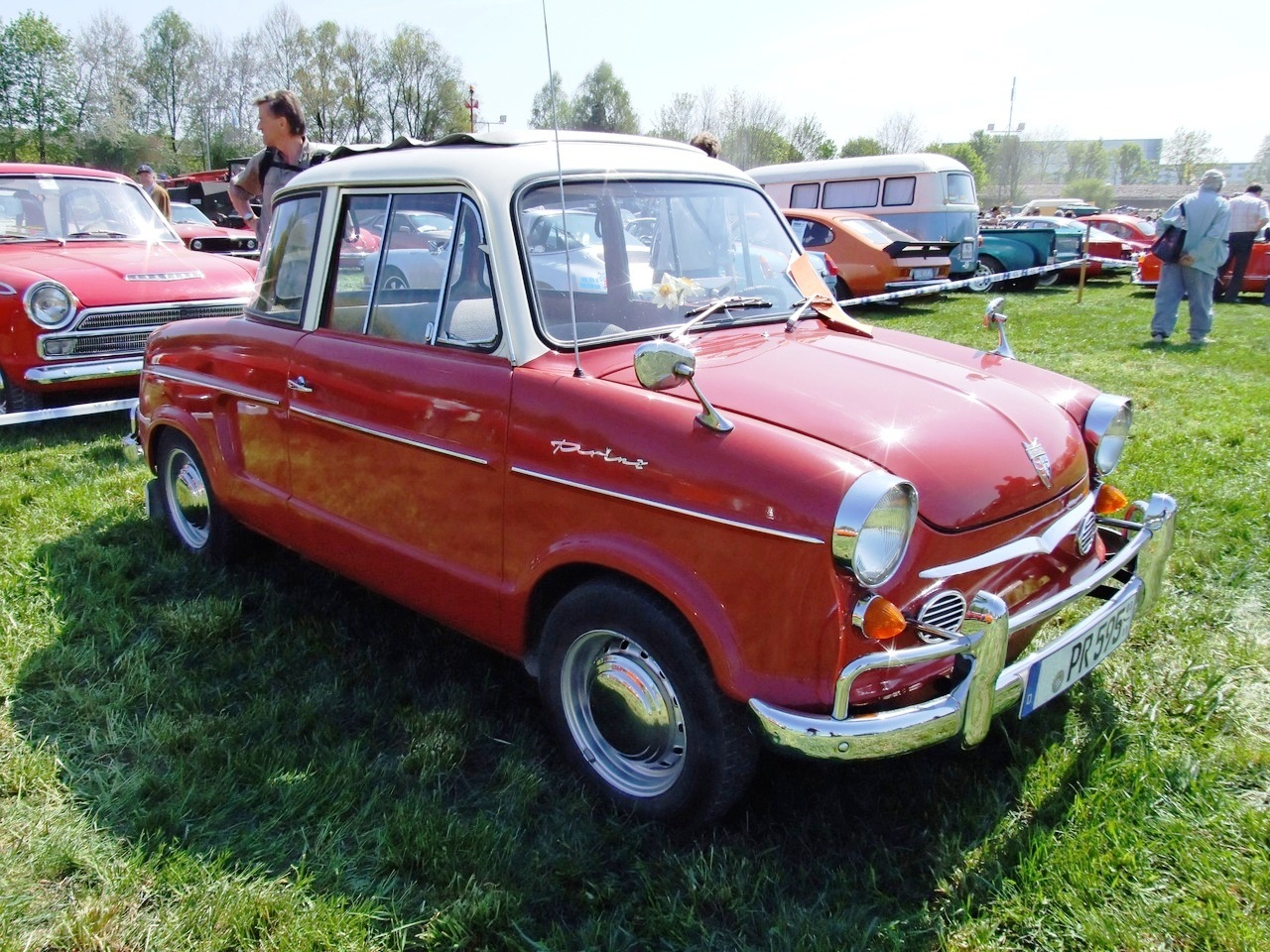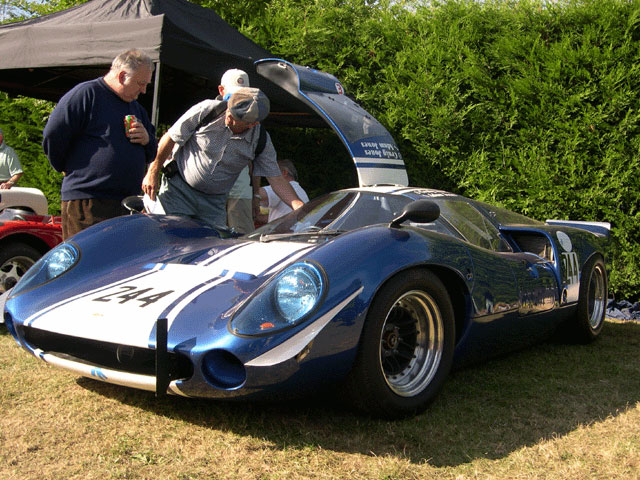|
1968 Surfers Paradise 6 Hour
The 1968 Surfers Paradise 6 Hour was an endurance race for sports cars and touring cars, staged at the Surfers Paradise International Raceway in Queensland, Australia on 1 September 1968. The race was dominated by the Matich SR3 Repco V8 driven by Frank Matich and Glynn Scott, however an engine failure with just over an hour to run handed the victory to the Ferrari 250LM driven by brothers Leo and Ian Geoghegan Ian "Pete" Geoghegan, (26 April 1939 – 15 November 2003) was an Australian race car driver, known for a quick wit and natural driving skills. Sometimes referred to as "Pete" Geoghegan, he was one of the iconic characters of the 1960s and 197 .... Results References {{coord, 28, 0, 59, S, 153, 22, 34, E, type:event_region:AU-QLD, display=title Motorsport at Surfers Paradise International Raceway Surfers Paradise 6 Hour ... [...More Info...] [...Related Items...] OR: [Wikipedia] [Google] [Baidu] |
Endurance Racing (motorsport)
Endurance racing is a form of motorsport racing which is meant to test the durability of equipment and endurance of participants. Teams of multiple drivers attempt to cover a large distance in a single event, with participants given a break with the ability to change during the race. Endurance races can be run either to cover a set distance in laps as quickly as possible, or to cover as much distance as possible over a preset amount of time. One of the more common lengths of endurance races has been running for , or roughly six hours. Longer races can run for , 12 hours, or even 24 hours. Teams can consist of anywhere from two to four drivers per event, which is dependent on the driver's endurance abilities, length of the race, or even the rules for each event. Origins Coppa Florio was an Italian car race started in 1900, and renamed in 1905 when Vincenzo Florio offered the initial 50 000 Lira and a cup designed by Polak of Paris. The Brescia race visited the route Brescia-Cremon ... [...More Info...] [...Related Items...] OR: [Wikipedia] [Google] [Baidu] |
Frank Coad
Frank Coad (3 September 1930 – November 2021) was an Australian racing driver. Coad's career was highlighted by taking victory in the 1960 Armstrong 500 (the forerunner of the Bathurst 1000), co-driving a Vauxhall Cresta The Vauxhall Cresta is a British full-size car which was produced by Vauxhall from 1954 to 1972. The Cresta was introduced in 1954 as an upmarket version of the Vauxhall Velox, itself a six-cylinder version of the Vauxhall Wyvern. The Cresta mo ... with John Roxburgh. References 1930 births 2021 deaths Australian racing drivers Bathurst 1000 winners {{Australia-autoracing-bio-stub ... [...More Info...] [...Related Items...] OR: [Wikipedia] [Google] [Baidu] |
George Reynolds (racing Driver)
:''This is about the Australian racing driver. For similar names see the disambiguation page George Reynolds (other)'' George Reynolds (8 May 1928 – March 2012) was an Australian racing driver. The career of Reynolds, who was born on 8 May 1928, extended from the late 1950s into the late 1960s. Known primarily as a touring car and sports car driver, Reynolds won Class D of the 1962 Armstrong 500 at Phillip Island, sharing a Volkswagen with Jim McKeown. However, Reynolds is best known as outright winner (although outright winners were not officially acknowledged at the time) of the Armstrong 500, now held at Bathurst, in 1964. With three time winning partners Bob Jane and Harry Firth split amongst the entries of the factory supported Ford touring car team both Jane and Firth needed co-drivers for the 500-mile classic. Reynolds was paired with Jane and assisted Jane to his fourth consecutive Bathurst victory. Reynolds was later one of a group of drivers who raced f ... [...More Info...] [...Related Items...] OR: [Wikipedia] [Google] [Baidu] |
NSU Prinz
The NSU Prinz (Prince) is an automobile which was produced in West Germany by the NSU Motorenwerke AG from 1958 to 1973. NSU Prinz I, II & III The first post-war NSU car, the Prinz I, was launched at the Frankfurt Motor Show in September 1957 accompanied by the advertising slogan "Fahre Prinz und Du bist König" ''("Drive a Prince and you're a king")''. After a pilot run of 150 preproduction cars, volume production began in March 1958. The Prinz I was available as a 2-door saloonMichael Sedgwick & Mark Gillies, ''A-Z of Cars 1945-1970'', page 145 featuring an upright roof line and seating for four people. The doors opened wide enough to permit reasonable access even to the rear seats, although leg room was severely restricted if attempting to accommodate four full sized adults. In addition to a luggage compartment accessed via a hatch at the front of the car and shared with the spare wheel and fuel filler, there was a narrow but deep full width space behind the rear seat suffi ... [...More Info...] [...Related Items...] OR: [Wikipedia] [Google] [Baidu] |
Morris Motors
Morris Motors Limited was a British privately owned motor vehicle manufacturing company formed in 1919 to take over the assets of William Morris's WRM Motors Limited and continue production of the same vehicles. By 1926 its production represented 42 per cent of British car manufacture—a remarkable expansion rate attributed to William Morris's practice of buying in major as well as minor components and assembling them in his own factory. Self-financing through his enormous profits Morris did borrow some money from the public in 1926 and later shared some of Morris Motors' ownership with the public in 1936 when the new capital was used by Morris Motors to buy many of his other privately held businesses. Though it merged... although nearly twenty-five years had elapsed since the BMC merger, not even Austin and Morris, the two volume car manufacturers that formed the core of the original merger, had integrated to a significant degree. Stokes illustrated the immensity of the probl ... [...More Info...] [...Related Items...] OR: [Wikipedia] [Google] [Baidu] |
Ferrari P4
The Ferrari P was a series of Italian sports prototype racing cars produced by Ferrari during the 1960s and early 1970s. Although Enzo Ferrari resisted the move even with Cooper dominating F1, Ferrari began producing mid-engined racing cars in the early 1960s with the Dino-V6-engine Formula One Ferrari 246 P and the sport prototype SP-series. The V12 sports car racers followed in 1963. Although these cars shared their numerical designations (based on engine displacement) with road models, they were almost entirely different. The first Ferrari mid-engine road car did not arrive until the 1967 Dino 206 GT, and it was 1971 before a Ferrari 12-cylinder engine was placed behind a road-going driver in the 365 GT4 BB. 250 P Ferrari produced the 250 P in 1963 in response to the FIA introducing a prototype class for the upcoming season of the World Sportscar Championship. This was a new design, with a chassis unrelated to existing 250-series Grand Touring cars. Designed by Maur ... [...More Info...] [...Related Items...] OR: [Wikipedia] [Google] [Baidu] |
Lola T70 Mk II
The Lola T70 is a sports prototype developed by British manufacturer Lola Cars in 1965. Lola built the aluminium monocoque chassis, which were typically powered by large American V8s. The T70 was quite popular in the mid to late 1960s, with more than 100 examples being built in three versions: an open-roofed Mk II spyder, followed by a Mk III coupé, and finally a slightly updated Mk IIIB. The T70 was replaced in the Can-Am series by the lighter Lola T160. History Early success for the Lola T70 came when Walt Hansgen won the Monterey Grand Prix, at Laguna Seca Raceway, on 17 October 1965, driving John Mecom's Lola T70-Ford. In 1966, the hot setup for the Can-Am was a T70 Chevrolet, winning five of six races during the year. John Surtees was the champion and Dan Gurney drove the only Ford powered car ever to win a Can-Am race. In 1967, no one could compete with the new M6 McLaren. When the FIA changed the rules for sports car racing for the 1968 season, limiting ... [...More Info...] [...Related Items...] OR: [Wikipedia] [Google] [Baidu] |
Repco
Repco is an Australian automotive engineering/retailer company. Its name is an abbreviation of Replacement Parts Company and was for many years known for reconditioning engines and for specialized manufacturing, for which they gained a high reputation. It is now best known as a retailer of spare parts and motor accessories. The company gained fame for developing the engines that powered the Brabham Formula One cars in which Jack Brabham and Denny Hulme won the 1966 and 1967 World Championship of Drivers titles respectively. Brabham-Repco was awarded the International Cup for F1 Manufacturers in the same two years. Repco currently runs a series of stores across Australia and New Zealand specialising in the sale of parts and aftermarket accessories. The company was founded by Robert Geoffrey (Geoff) Russell in 1922 and first traded under the name Automotive Grinding Company, from premises in Collingwood, Victoria. It currently has over 2,000 employees in almost 400 store ... [...More Info...] [...Related Items...] OR: [Wikipedia] [Google] [Baidu] |
Alec Mildren Racing
Alec Mildren (1915–1998) was active in Australian motor racing as a driver from 1938 to 1961, and subsequently as the owner of Alec Mildren Racing. Racing career Mildren began his racing career in an Austin in 1938Mike Kable, ''Alec Mildren wins CAMS 1960 Gold Star award'', The Sydney Morning Herald, Monday, 14 November 1960, page 17 and then raced a variety of cars including a Singer, a Ford Special, an MG TB and two Rileys. These were followed by a series of Coopers, with Mildren placing second in both the 1958 and 1959 Australian Drivers' Championships. A Maserati powered Cooper T51 was campaigned during 1960, Mildren winning the 1960 Australian Grand Prix and the 1960 Australian Drivers' Championship. He retired from racing during 1961. Australian Gold Star 1961, www.oldracingcars.com Retrie ... [...More Info...] [...Related Items...] OR: [Wikipedia] [Google] [Baidu] |
Kevin Bartlett (racing Driver)
Kevin Bartlett (born 25 May 1940 in Coffs Harbour, New South Wales), often known by his nickname "KB", is an Australian former open wheel and touring car racing driver who won the Australian Drivers' Championship in 1968 The year was highlighted by protests and other unrests that occurred worldwide. Events January–February * January 5 – "Prague Spring": Alexander Dubček is chosen as leader of the Communist Party of Czechoslovakia. * Januar ... and 1969, as well as the prestigious Bathurst 1000 in 1974 Hardie-Ferodo 1000, 1974. Bartlett was named in ''Wheels magazine, Wheels'' magazine's annual yearbook in 2004 as one of Australia's 50 greatest race drivers. He placed #15 on the list. Racing career Bartlett first arrived on the Australian racing scene in 1958 when he competed in the Touring Car Scratch Race at Mount Panorama Circuit, Bathurst, driving a 950cc Morris Minor. Over the next few years, Bartlett progressed through the levels of Australian ... [...More Info...] [...Related Items...] OR: [Wikipedia] [Google] [Baidu] |
Morris Cooper S
The Mini is a small, two-door, four-seat car, developed as ADO15, and produced by the British Motor Corporation (BMC) and its successors, from 1959 through 2000. Minus a brief hiatus, original Minis were built for four decades and sold during six, from the last year of the 1950s into the last year of the 20th century, over a single generation, as fastbacks, estates, and convertibles. The original Mini is considered an icon of 1960s British popular culture. Its space-saving transverse engine and front-wheel drive layout – allowing 80% of the area of the car's floorpan to be used for passengers and luggage – influenced a generation of car makers. In 1999, the Mini was voted the second-most influential car of the 20th century, behind the Ford Model T, and ahead of the Citroën DS and Volkswagen Beetle. [...More Info...] [...Related Items...] OR: [Wikipedia] [Google] [Baidu] |
%2C_Lime_Rock_2014.jpg)
.jpg)
.jpg)




_VR_sedan_01.jpg)


